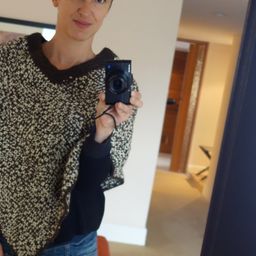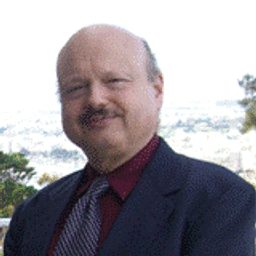
She published several papers and some books, such as Sous l’emprise des objets? Culture matérielle et autonomie (L’Harmattan, 2007), Voyage au Musée du quai Branly, with Octave Debary, prefaced by James Clifford (La Documentation française, 2012), and El museo y sus pūblicos. El visitante tiene la palabra, (Ariel/Arte y Patrimonio, 2013 – with Jacqueline Eidelman and Bernadette Goldstein).
https://mnhn.academia.edu/MelanieRoustan
Sessions auxquelles Dr Mélanie Roustan participe
Lundi 6 Juin, 2016
Sessions auxquelles Dr Mélanie Roustan assiste
Samedi 4 Juin, 2016
Le patrimoine recouvre des notions et des pratiques, et désigne des objets, dont « [la] perte constitue un sacrifice et [dont la] conservation suppose des sacrifices » (Chastel et Babelon 1980). En amont de ces productions de significations et perceptions sociales, ces notions et les modes de désignation diffèrent selon les univers linguistiques, géographiques, et temporels, alors que, sous la pression d’un ‘algorithme universalisant’ (Merleau-Ponty 1969), un processus de normalisation est...
Most of what we experience as heritage emerges into conscious recognition through a complex mixture of political and ideological filters, including nationalism. In these processes, through a variety of devices (museums, scholarly research, consumer reproduction, etc.), dualistic classifications articulate a powerful hierarchy of value and significance. In particular, the tangible-intangible pair, given legitimacy by such international bodies as UNESCO, reproduces a selective ordering of cul...
Dimanche 5 Juin, 2016
(In English) Chinatown, born in the second half of the 19th century, is a hub of commercial and sociocultural activities which showcases Chinese culture in Montreal. It has become, over time, an iconic landscape of the city’s cultural diversity. Jonathan Cha, urbanologist, landscape architect and doctor in both space and town planning, proposes a discovery tour allowing us to get acquainted with the history of the district and the decipherment of its landscape. _ Le Quartier chinois, né dans ...
Heritagization (the various means by which cultural features—either material or immaterial—are turned into a people’s heritage) has recently become, for Amerindian groups, a major means to gain visibility and recognition in the new Latin American social and political landscapes where cultural diversity is endowed with an increasingly critical role. Different forms of cultural heritagization have largely been studied elsewhere, particularly in North America. However, they are far less known in...
Lundi 6 Juin, 2016
International exhibitions have long been promoted for their potential to connect people, objects and stories across political, cultural and geographical divides. Recent commentators have linked touring exhibitions to cultural globalization, diplomacy and the advancement of intercultural understanding, while others have critiqued them as revenue generators driven by public appeal or as "politically-safe" forms of national branding. Very few studies, however, have attempted to empirically inves...
Mardi 7 Juin, 2016
Dans un texte majeur, «L’arrêt de monde», Deborah Danowski et Eduardo Viveiros de Castro explorent le thème de la fin du monde tel qu’il se déploie aujourd’hui «dans l’imaginaire de la culture mondialisée». Entre fiction, philosophie et anthropologie, ils déroulent la scène sombre de nos futurs d’espèce humaine devenue force géologique et autodestructrice vivant non plus sur mais dans une planète considérée comme un être vivant et une puissance menaçante (Gaïa). Si le spectre de la catastroph...
In November 2014, artists and thinkers including Jimmie Durham, Michael Taussig, Rebecca Belmore and Paul Chaat Smith convened in Calgary and Saskatoon for “Stronger than stone: (Re)Inventing the Indigenous Monument,” an international symposium which served to foreground the most critical issues facing Indigenous memory-making and cultural preservation today. Propositions for new types of monuments (or anti- monuments in many cases) were made that were specific to the Indigenous worldview and...
Mercredi 8 Juin, 2016
||| Les Mohawks constituent la nation amérindienne la plus nombreuse parmi les dix différentes nations que compte le Québec. La nation mohawk compte près de 17 350 habitants. Il y en a 2 700 qui vivent hors réserve et les autres sont dispersés dans trois grandes communautés que sont : Kanesatake, Akwasasne et Kahnawà :ke. Située à proximité de Montréal, sur la rive sud du fleuve Saint-Laurent, la communauté de Kahnawà :ke compte près de 7 300 habitants. Elle est parmi les première...


